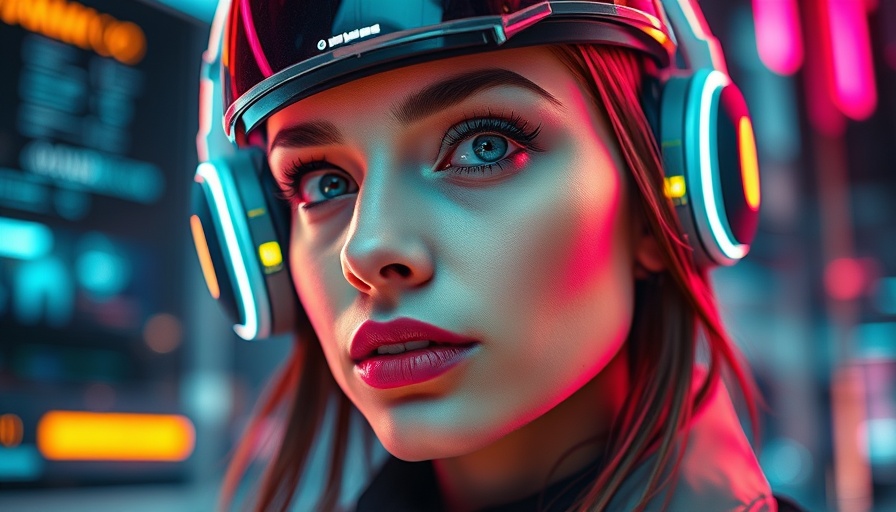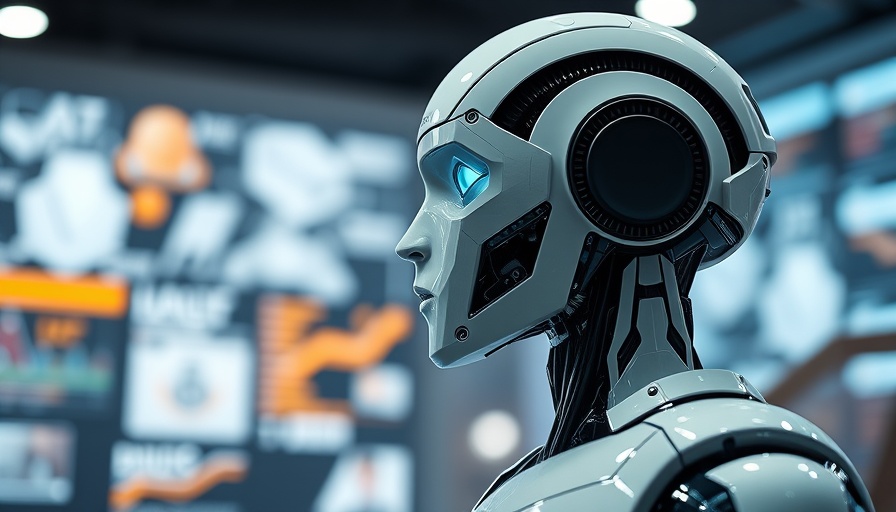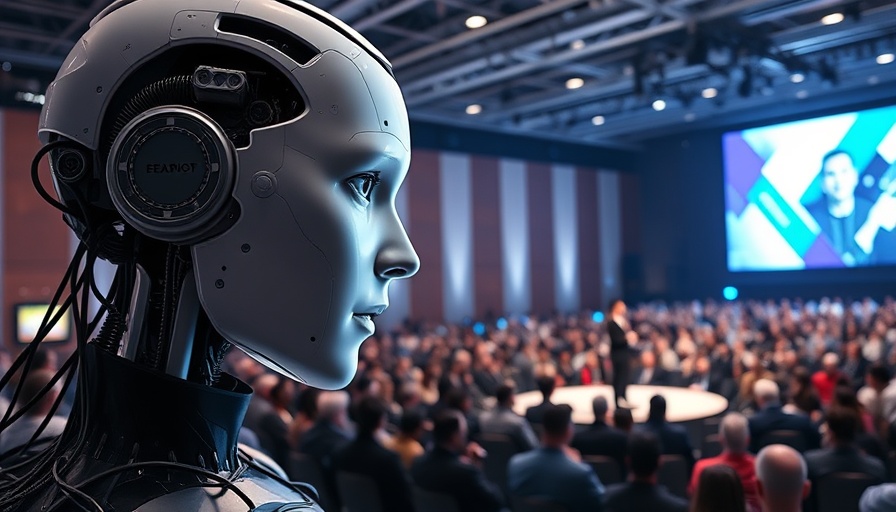
Revolutionizing Development: Google Opal's Emerging Tools
Google has just unleashed a powerful new AI tool, Opal, that is set to change the way people interact with code and app development altogether. Opal is a vibrant new platform that allows users to create fully functional web applications with ease and innovation. Designed with a user-friendly interface, Opal represents a leap forward for those who may not have a coding background but still harbor ambitions to build their own applications.
In 'Google OPAL Just Dropped: And It’s About to Go Viral,' the discussion dives into the capabilities of Google's latest AI tool, prompting us to explore its implications for tech innovation in Metro Detroit.
What is Opal and How Does It Work?
At its core, Opal allows users to engage in what has been referred to as "vibe coding." This terminology encapsulates the concept that users do not need to think like programmers, but rather express their ideas in a natural language format. By simply describing the app they envision—be it a budgeting tool or a daily planner—Opal translates these instructions into a working application. This novel approach contrasts with traditional programming by offering a visual workflow where every component is graphically displayed, making the entire coding process feel intuitive and accessible.
The Emergence of No-Code Solutions
Google's Opal introduces users to the burgeoning world of no-code platforms, which are gaining traction as they promise to democratize app development. According to Gartner, this sector is expected to grow by over 20% annually, driven by non-developers eager to bring their ideas to life. This trend is visible in the rise of tools like Web Flow and Bubble, but with Opal, Google injects generative AI into the mix, enhancing functionality and creativity for users looking to experiment without the barriers of traditional development.
Implications for Tech Startups in Michigan
The launch of Opal is particularly relevant for Michigan's tech ecosystem, characterized by a variety of innovation hubs and a rising number of digital transformation initiatives. For tech founders and investors in Metro Detroit, this tool opens doors to rapid app development. Startups looking to create prototype applications can now tap into Opal's capabilities without requiring extensive coding knowledge. This not only expedites product development cycles but also fosters a culture of innovation that allows local tech talents to explore creative avenues.
Potentialities: Beyond Simple Apps
Though Opal currently stands limited to front-end app creation, its potential for future integrations could revolutionize app functionality. With possibilities for linking up with back-end services and adopting complex logic in future iterations, it may become a vital asset for sectors reliant on web applications. Professionals engaged in Metro Detroit software development and Michigan artificial intelligence sectors should be attentive to these developments. The willingness of Google to invest in accessible tech suggests a trend that could significantly influence the landscape of app development.
Concerns: Ownership and Data Control
Despite the optimism surrounding Opal, key concerns remain, particularly regarding data ownership and app control. As these applications are hosted on Google's platform, troubling questions arise about intellectual property, especially for startups prototyping business tools. Understanding the implications of hosting sensitive applications on cloud services should be a priority for Michigan entrepreneurs.
The Intersection of AI and Education
Opal is more than just an app development tool; it symbolizes the growing intersection of AI and educational tools. It encourages Michigan coding bootcamps and tech education programs to leverage such platforms, showcasing how intuitive interfaces can foster learning and engagement. As Opal allows for visual mapping and troubleshooting in real-time, it offers an educational avenue for learners to understand programming concepts efficiently.
Conclusion: Making Ideas Accessible
In conclusion, the launch of Google Opal blazes a trail for what the future of app development might look like. It empowers individuals to think creatively without the traditional barriers of coding expertise. For tech startups and professionals in Metro Detroit, this tool opens up vast opportunities to innovate while laying down the groundwork for future advancements. As the digital transformation continues, Opal represents a promising facet that aligns seamlessly with Michigan's quest for tech leadership.
Are you interested in exploring innovative ways to enhance your digital strategy? Dive deeper into Michigan's tech ecosystem and discover how tools like Opal can reshape your approach to product development.
 Add Row
Add Row  Add
Add 



Write A Comment